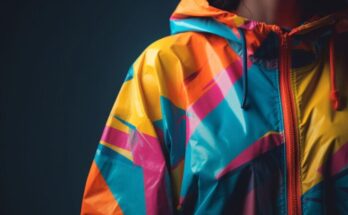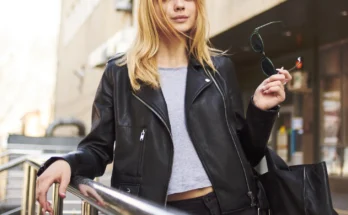When winter tightens, the right winter jacket can make all the difference in comfort and misery. But with so many options available, how do you choose the best winter jacket for extreme cold weather? We will walk you through the different types of winter jackets and help you find the perfect one to keep you warm and stylish even in the harshest conditions.
Types of Winter Jackets
Get aligned with the wide world of winter jackets, each designed to keep you warm in the cold. From the timeless elegance of trench coats to the sporty vibes of bomber jackets and the specialized functionality of snow jackets, explore the best options for staying warm and stylish in the frosty season. Welcome to the world of winter jackets, where fashion and function take center stage.
Trench Coat:
A trench coat is a long, often belted coat with a classic design. It usually has a buttoned front and features a distinctive double-breasted style.
Pros:
- Classic and versatile style suitable for various occasions.
- It provides good coverage and protection against wind and rain.
Cons:
- It may only be ideal for freezing weather with additional layering.
Features:
- Classic double-breasted design
- Waist belt for a tailored look
- Knee-length or longer for extended coverage
- Often made from water-resistant materials
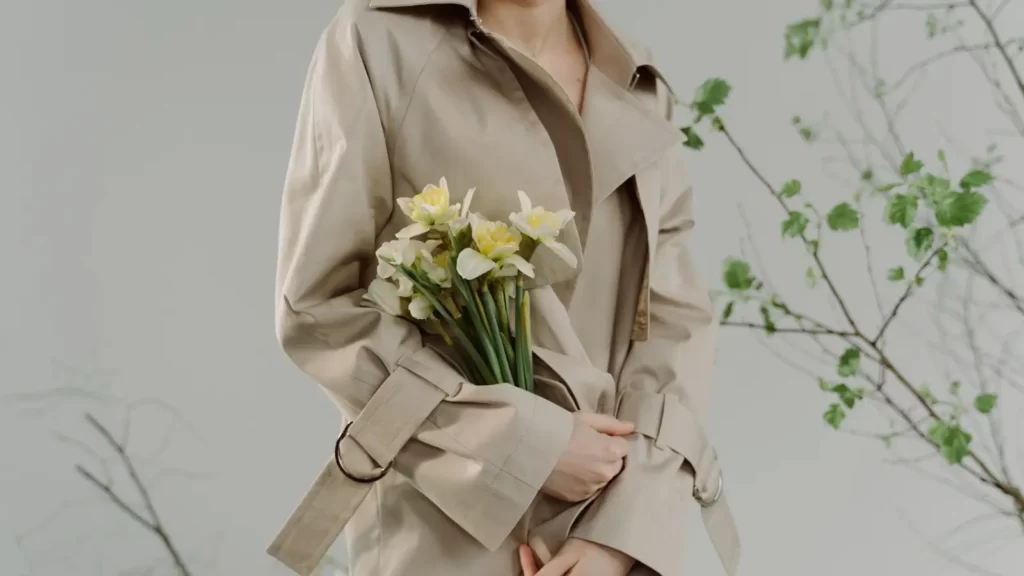
Bomber Jacket:
A bomber jacket is a short, zip-front jacket with a tight, elastic waist and cuffs. It typically has a sporty and casual look.
Pros:
- Trendy and stylish, often worn as a fashion statement.
- Lightweight and comfortable for milder weather.
Cons:
- Limited insulation may only be suitable for somezing climates.
Features:
- Short and waist-length style
- Zip-front closure
- Elastic waist and cuffs for a snug fit
- Typically has a casual and sporty appearance
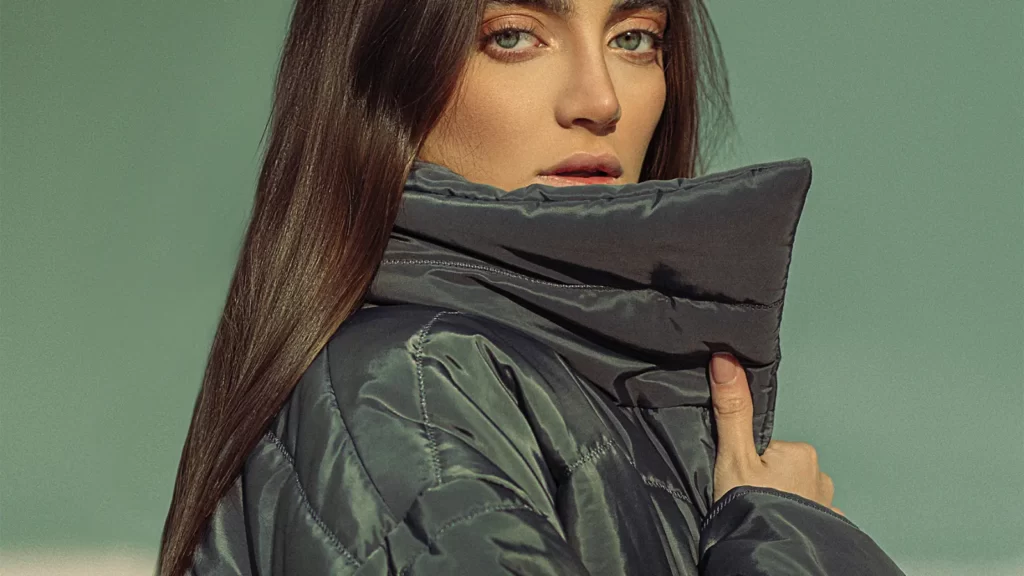
Snow Jacket:
A snow jacket is for winter sports and activities. It is typically waterproof and insulated, including features like a snow skirt to keep snow out.
Pros:
- It provides excellent insulation and protection against cold and wet conditions.
- It has specialized features for winter sports enthusiasts.
Cons:
- It can be bulky for everyday use in non-snowy conditions.
Features:
- Waterproof and insulated for cold and wet conditions
- Snow skirt to prevent snow from entering
- Adjustable hood for added protection
- Ventilation zippers for temperature control during activities
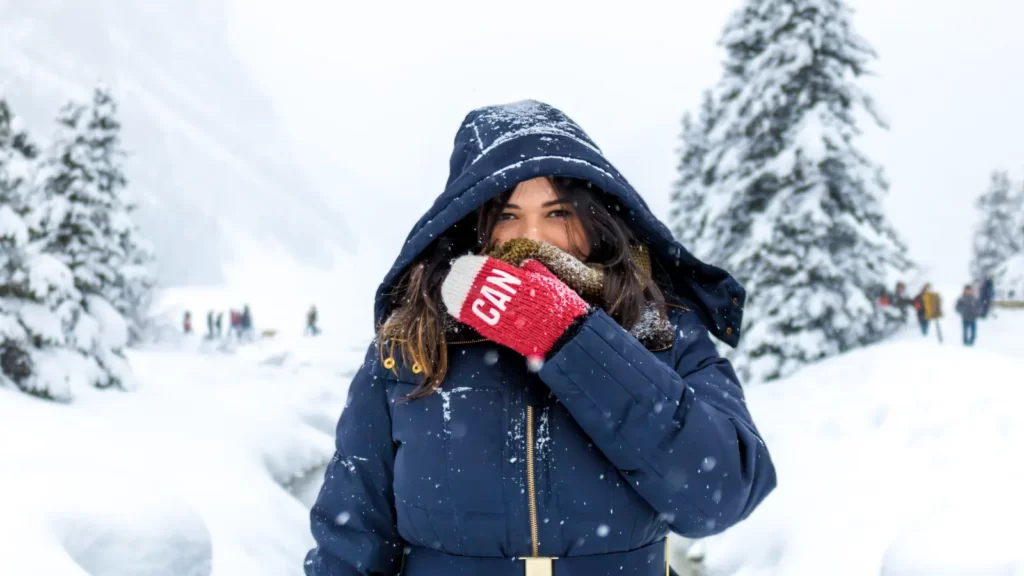
Puffer Jacket:
A puffer jacket is filled with down or synthetic materials to create a quilted or puffy appearance. It is known for its warmth and insulation.
Pros:
- Exceptional warmth for cold weather.
- Lightweight and compressible for easy packing.
Cons:
- It may not be as stylish as other jacket types.
- Some people prefer the look of non-puffy jackets.
Features:
- Quilted or puffy appearance
- Filled with down or synthetic insulation for warmth
- Lightweight and compressible for easy packing
- Zip-front closure and often includes a hood
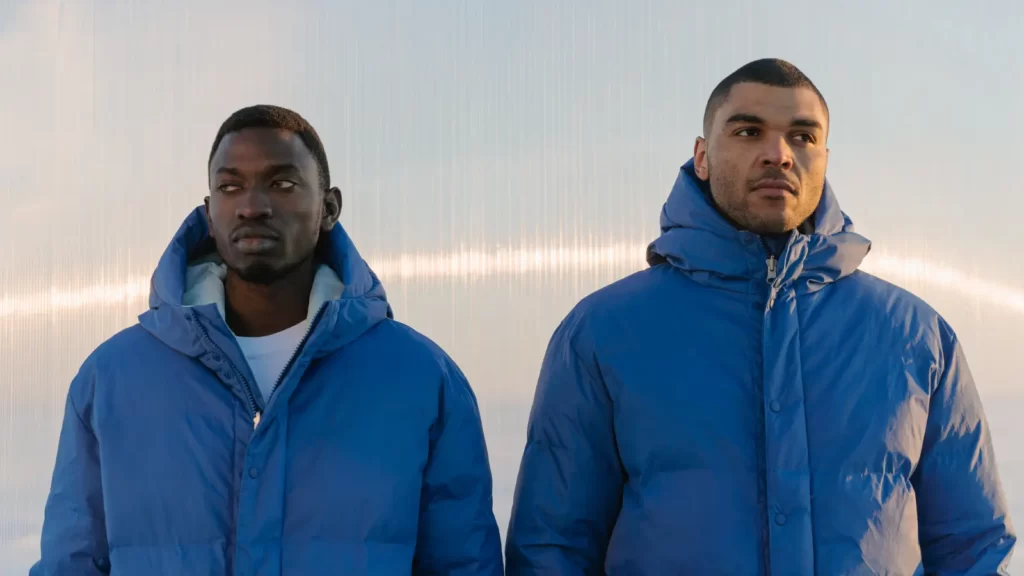
Parka:
A parka is a long, hooded jacket designed to withstand cold and harsh weather. It often features a fur-lined hood and is insulated for maximum warmth.
Pros:
- It provides excellent coverage and insulation, ideal for icy conditions.
- Stylish and functional, it often includes multiple pockets.
Cons:
- It can be bulky, making it less suitable for more formal occasions.
- It may be too warm for mild or moderate climates.
Features:
- Long, often extending below the hips
- Insulated for extreme cold weather
- Hood with a fur lining for added warmth
- Multiple pockets for storage and hand warmth
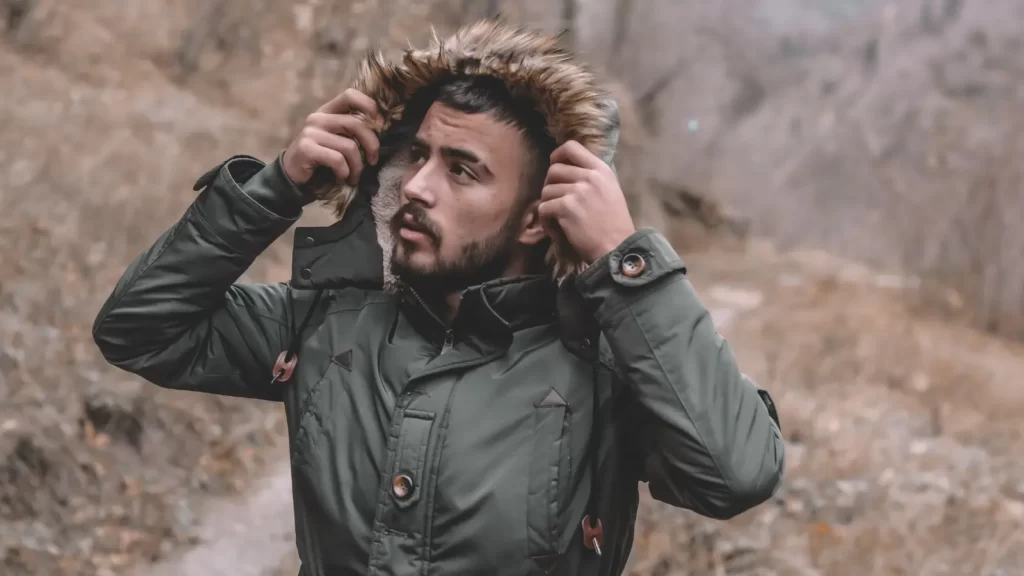
Remember, personal preferences and specific needs will influence the choice of a jacket. Consider the climate, style preferences, and intended use when selecting the right coat for you.
How to Choose the Best Winter Jackets?
Winter jacket selection involves carefully considering warmth, comfort, and style during the colder months. Here’s a concise guide to help you navigate the process:
Set Your Needs:
Identify the specific weather conditions you’ll face. Consider factors like temperature, wind, and precipitation.
Insulation:
Choose between down and synthetic insulation based on your preferences and the level of warmth required.
Waterproofing:
Opt for a jacket with waterproof or water-resistant features for wet and snowy conditions to keep you dry.
Length and Fit:
Longer jackets offer more coverage, while the fit should allow for layering without being too bulky.
Check Breathability:
Ensure the jacket allows moisture to escape, preventing overheating and discomfort.
What is the warmest winter jacket style?
Parkas have thick insulation and a fur-lined hood, the warmest winter jacket style. The extended length provides extra coverage, making them ideal for frigid temperatures.
What type of jacket is best for snow?
A snow jacket is the best choice for snowy conditions. These waterproof and insulated jackets often feature snow skirts to keep you dry and warm during winter activities.
What jacket to wear in winter?
For general winter use, a versatile option like a puffer jacket with down or synthetic insulation can provide warmth without being too bulky. It’s suitable for various winter conditions and everyday wear.


